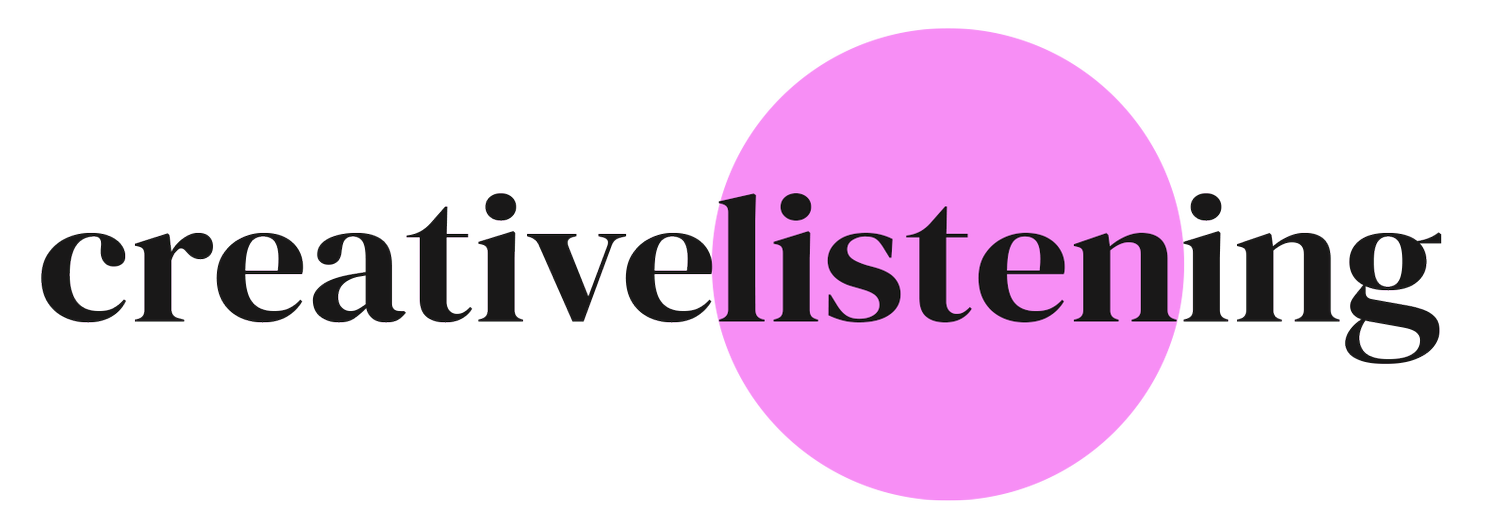Have your kids taken over your Spotify account?
I love music. I’ve always been in bands. I’m a producer. I don’t consider instruments for my kids presents - I consider them essential.
So I take the musical education of my children (currently 7 and 13) very seriously. I’ve brought them up on (what I consider to be) a generous variety of wonderful music across all genres. They even have their own Spotify accounts.
The terrible mistake I made was linking my own Spotify account to the kitchen Alexa. Here are some of my most listened to tracks from the last year:
Chicky Nuggies, Baby Shark, It’s Raining Tacos, Willy Bum Bum.
But I’m not going down without a fight! I rickrolled my daughter from 300 miles away last weekend by using my phone to play Never Going To Give You Up in her bedroom whilst she was going to sleep. IN YOUR FACE DAUGHTER.
The thing is: they’re younger than me, they have more energy than me, and they won’t ever stop. Ever. They can sense my fear. I’ve already lost.
My only hope is that somehow the musical education that I’ve tried to give them will one day shine through, and my algorithms will once again become my own.
But what’s all this got to do with Creative Listening, I hear you cry?
Well, as producers of songs for children, it’s important to look at how children are listening to music, to break down what that means and work the learnings from that back into our approach.
Essentially the majority of music is listened to online, and regardless of device used, we can infer that today’s children are listening to more different and diverse music than ever before - they have the entire range of the world’s music catalogue at their fingertips (or lips, if you have a smart speaker).
Added to this, children have become much more discerning in their tastes, as they encounter so many different types of music at an earlier stage in their development than older generations. Our most popular children’s song to date is Robot Songs: Hello, Hello, Hello, which is possibly the most ‘out there’ song we’ve released, with a blended storytelling narrative, sing along sections and a storming dubstep ending.
When our students are surrounded by such eclectic and sophisticated music in the real world, then we need to ensure that we’re meeting their needs through their educational music. This music has to be broad, it has to be well written and well produced. It has to be diverse. It has to engage and excite. It has to not patronise the listener. It has to sound current and relevant. It has to sound great.
It has to be good enough to take over their parent’s Spotify account.
